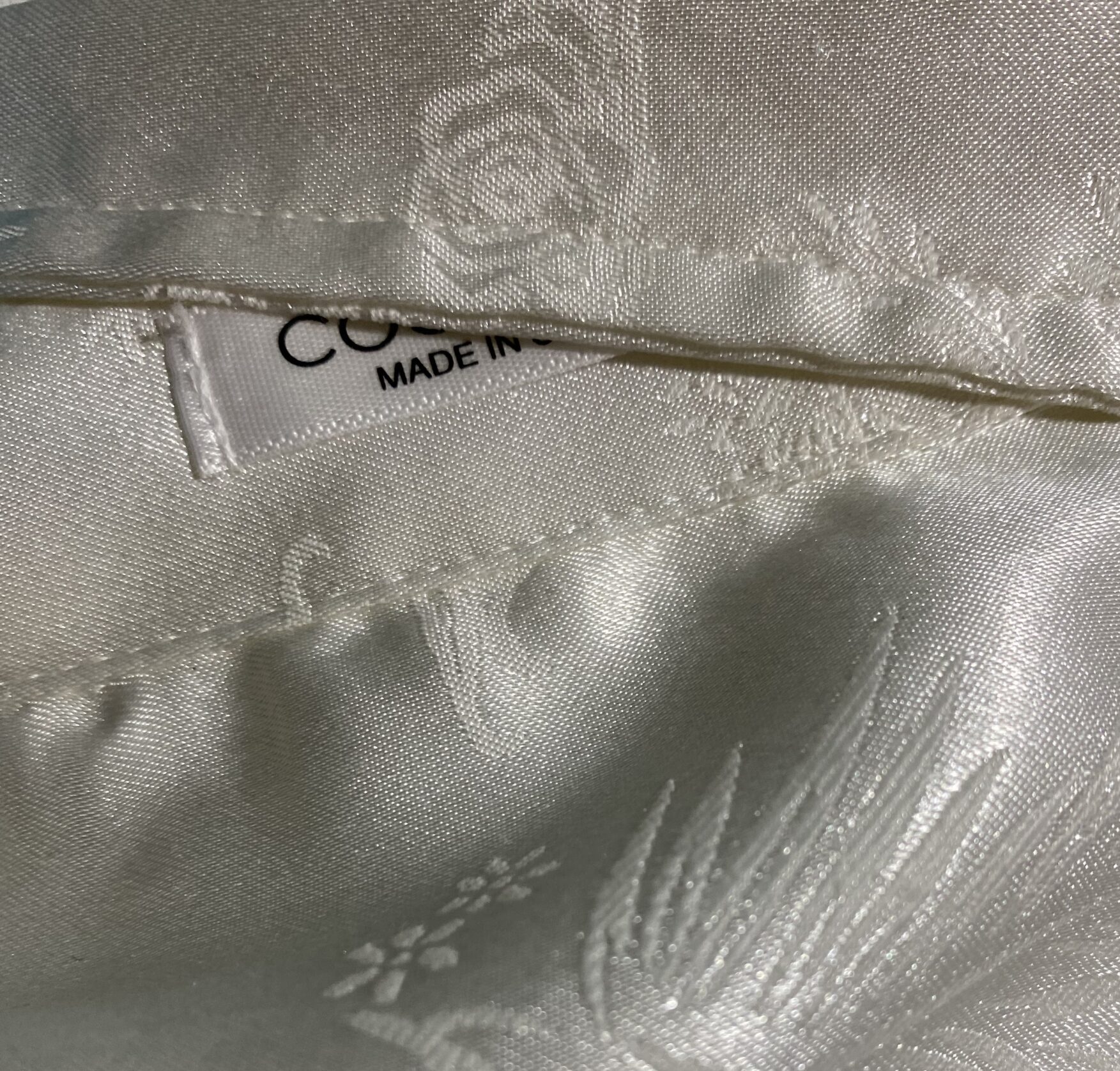July, 2023 Monthly Reflection

What is another form of enslaved labor?
By Maria Elena Perales
How often do we stop to check the tag of the t-shirt or blouse we wear? Do we have any idea of where it was made? Do we ever wonder who made it or how much the garment worker was been paid to make that cute blouse or that favorite t-shirt we like wear?
Moreover, does it ever cross our minds that some of those garments we wear are made here in the U.S.? If we did see that they are made here in the U.S., then we may have a sense of satisfaction that the work stayed local or at least was made by U.S. workers who have benefitted from these jobs, right?
What if we think again? According to the Garment Worker Center, Los Angeles, CA, is home to 30,000 garment workers. About 20,000 of them work in the Fashion District, which has existed for over 130 years. Los Angeles leads the domestic U.S. garment production, accounting for 82.5% of California’s and 83% of the nation’s cut-and-sew apparel sales. Yes, Los Angeles garment workers generate $1.5 Billion in U.S. cut-and-sew apparel sales.
Yes, the Fashion District is home to thousands of skilled workers, with 21 years average experience. They are men and women who immigrated from Mexico and Central America, live near the Fashion District, and rely on public transportation to get to and from work. These immigrant garment workers are continuously exploited by their employers. They struggle with working excessive hours, forced overtime, lack of job security, very low wages, denial of trade union rights, poor health, exhaustion, sexual harassment, and hazardous working places. Most of them are undocumented and may not have other means of making a living. Sometimes their work is not compensated and have no way of forcing their employers to pay what is owed to them.
One can say they are practically enslaved workers who make the clothes we love to wear and are paid some of the lowest wages in the nation, sometimes as little as $1.58 per hour – well below the legal minimum wage. These workers produce clothing for many retailers such as Lulus, Dillard’s, Bombshell Sportswear, Nieman Marcus, Stitch Fix, Socialite, Nordstrom, Von Maul, and Amazon, and many are criminally underpaid according to the U.S. Dept. of Labor.
Like them, other garment workers across the U.S. need our support to end wage theft and enslaved labor without protections. H.R.8473, The FABRIC Act introduces groundbreaking new workplace protections and manufacturing incentives to cement the U.S. as the global leader in responsible apparel production. We all wear clothes make in the U.S., but few of us are aware of where they are made or how. These questions should matter to each one of us. We owe it to our brothers and sisters, the garment workers, who are the least protected and most taken advantage to make sure we do all we can to get this bill passed. Take action here.
 Maria Elena Perales, Director of the St. Joseph Justice Center for Sisters of St. Joseph of Orange, is a member of The Alliance Board of Directors.
Maria Elena Perales, Director of the St. Joseph Justice Center for Sisters of St. Joseph of Orange, is a member of The Alliance Board of Directors.
Category: Monthly Reflections, The Alliance to End Human Trafficking

